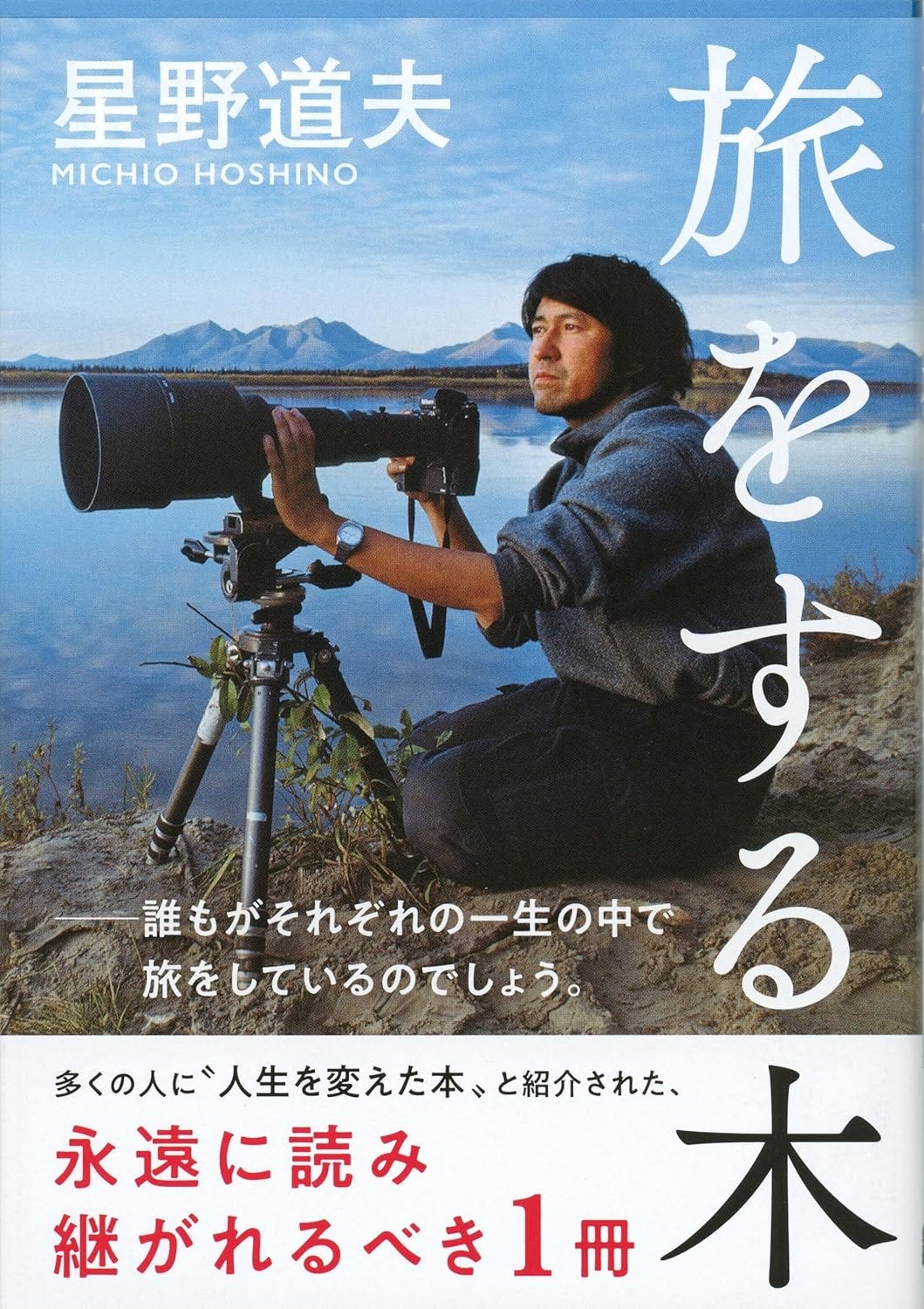Through the Lens of Hoshino Michio: A Journey of Observation and Adventure
The world through the perspective of Hoshino Michio is endearing
In 1996, Hoshino Michio, a passionate Japanese nature photographer and essayist, tragically met his untimely demise at the hands of a brown bear during an assignment in Kamchatka, Russia. His life was defined by a deep-rooted love for adventure, wildlife, and an unyielding pursuit of capturing the world's natural beauty through his lens. He would have turned 72 on the 27th of September, 2024.
When he was 19, he found a photo book in a second-hand bookshop in Tokyo that made a huge impact on him. In the book was a photograph of Shishmaref, a desolate village off the Bering coast in Alaska. Hoshino decided to write to the mayor of the village, asking to visit and spend some time there. He was intrigued by the bleak lifestyle of the people in that cold, far-away village. To his surprise, the mayor replied six months later. Hoshino spent three months that summer with a local family in Shishmaref.
Upon his return to Japan, he trained as a photographer with veteran photographer Tanaka Kojo. He returned to Fairbanks, Alaska to study wildlife management, and then stayed on working on photography projects. Hoshino's photographs bring to life his childlike fascination with the world. Wildlife and distant landscapes feel familiar but awe-inspiring at the same time. He endured harsh conditions and would wait patiently to get the right shot.
Although Hoshino is well known for his photographs, his essays offer a unique insight into his thinking and his life in Alaska, as well as his adventures in other parts of the world. Even though his essays have yet to be translated into English, his impact on readers remains profound.

Hoshino read widely and this informs his writing. He uses simple but evocative language and describes his feelings and senses. In 2004, the magazine Coyote published a list of books that Hoshino is said to have loved. Some of the books listed were:
Arctic Dreams by Barry Lopez (1986)
Endurance: Shackleton's Incredible Voyage by Alfred Lansing (1959)
The Snow Leopard by Peter Matthiessen (1978)
Make Prayers to the Raven/Richard K. Nelson (1983)
Dersu Uzala by Vladimir Arsenyev (1923)
The knowledge of Hoshino's sudden demise makes the reading of his essays somewhat bittersweet. One reads a lot of dead writers and may feel indifferent about them being long gone. For instance, Tolstoy or Dickens seem to be from another world, talking about things of the past articulately and tangibly, but at the same time, it is possible to read those writers in a rational frame of mind. Hoshino has a different effect. He has a remarkable way of making you feel like you are a friend in his innermost circle, a cherished confidant. You are sitting in a cafe, having a cup of coffee, and he just happened to run into you while he was out for a walk or something. He sat down to say hello and talk about something that happened to him and you are happy for the chance to have this delightful conversation.
For those living an urban modern life, the beauty of nature that Hoshino describes may feel unreal. But his writing is so realistic, and his motivations so honest, that instead, one imagines how to bring his thinking into daily life, how to enjoy the changing of the seasons, a good book, a chance encounter with a friend, the thrill of going somewhere new, and most importantly, of continuing to relentless craft, and then pursue one’s dreams.



Hopefully one day his essays will be translated into English 🥺
Thank you for this wonderful post. I recently read a book called the Blue Bear - a memoir by a friend (Lynn Schooler) of Hoshino Michio recalling their adventures in Alaska in search of the blue/glacier bear: https://www.goodreads.com/en/book/show/167116.The_Blue_Bear